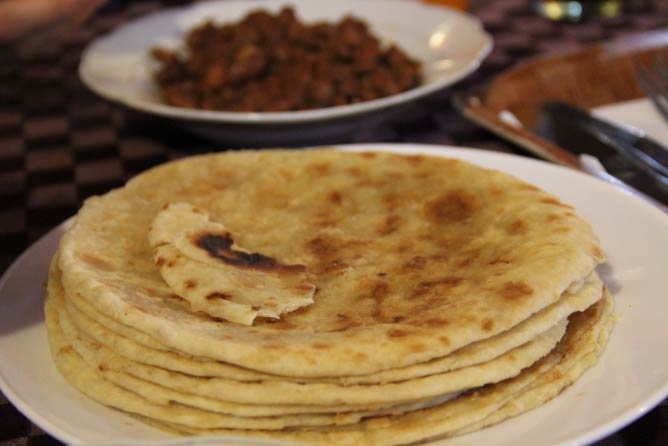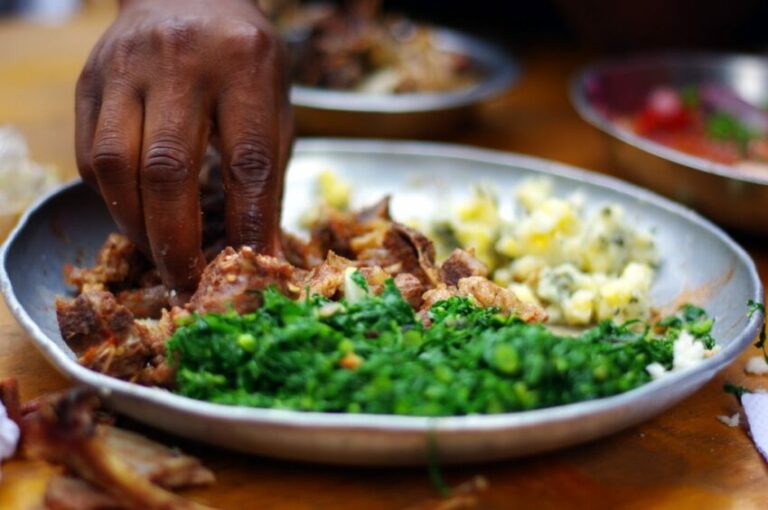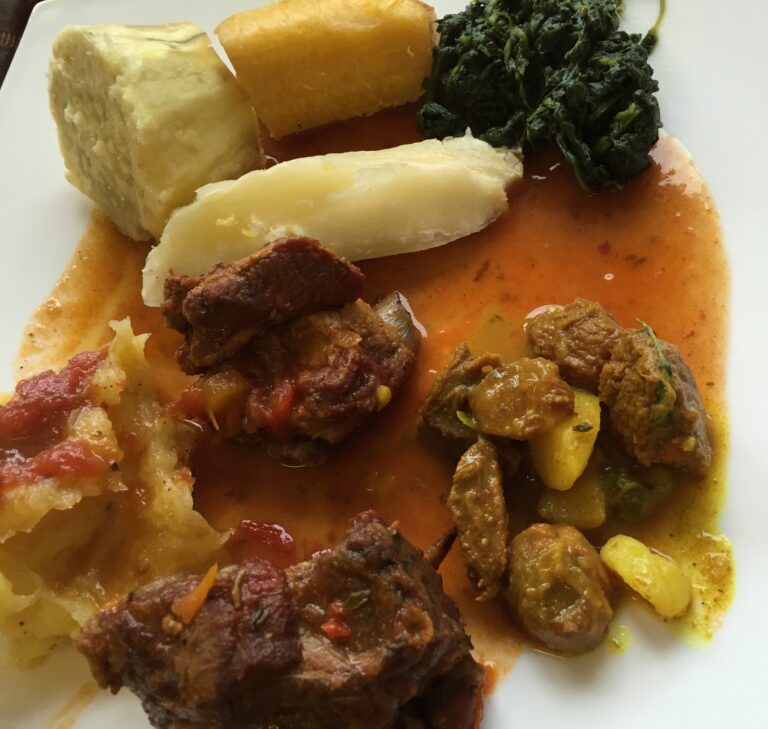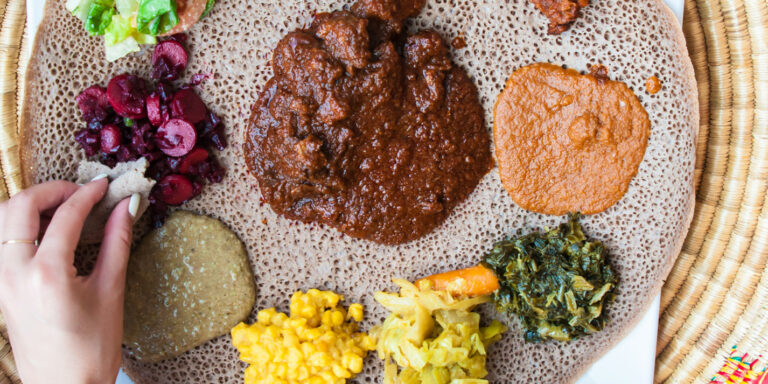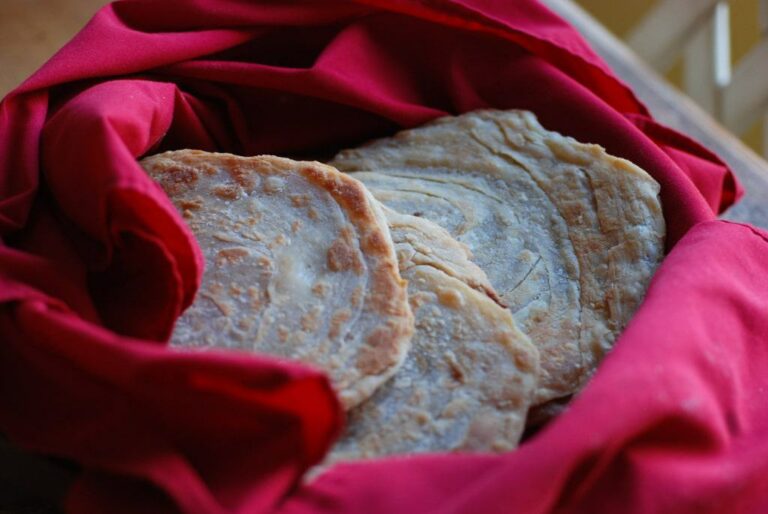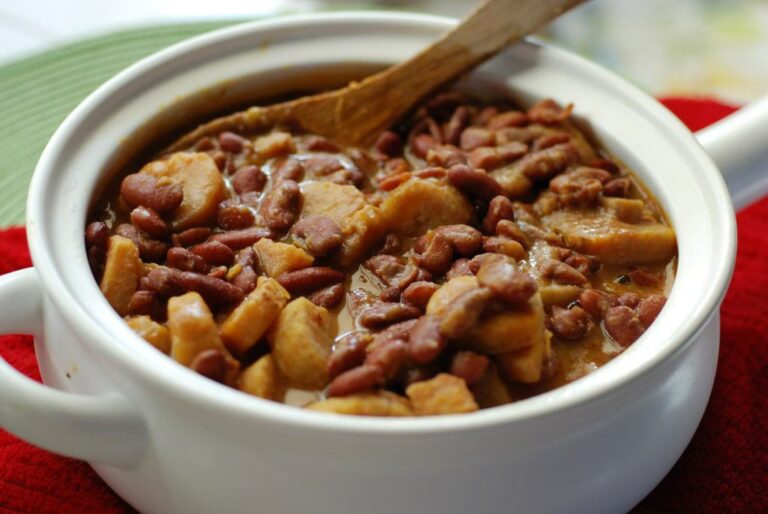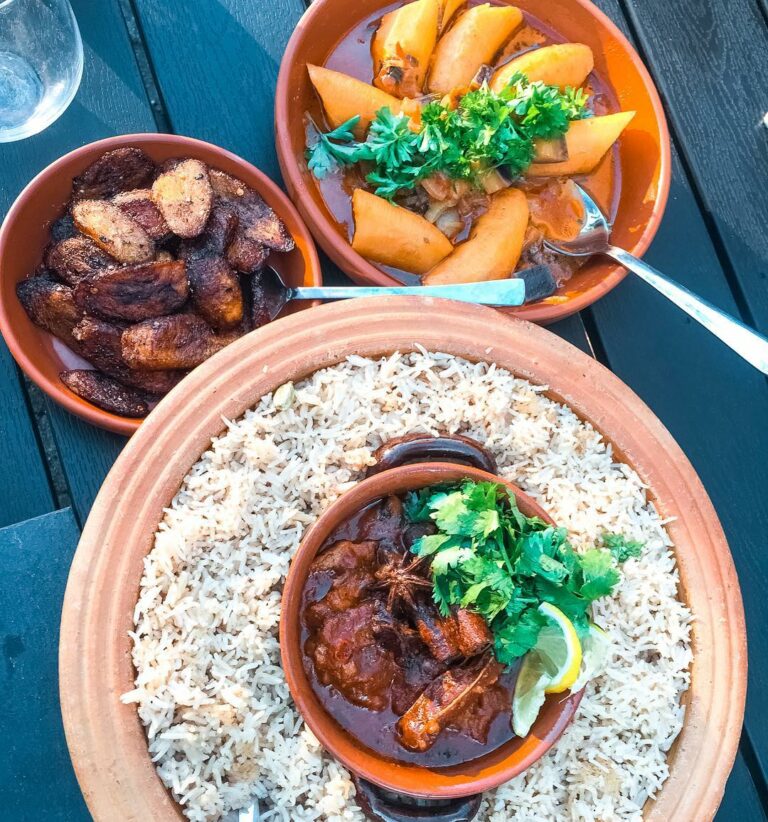Introduction: Exploring Burundian Cuisine
Burundi is a small country located in East Africa that is known for its rich cultural heritage and diverse cuisine. Burundian cuisine is influenced by its neighboring countries such as Tanzania, Rwanda, and the Congo. Burundian cuisine boasts a variety of flavors that range from spicy to sweet and savory.
Importance of Breakfast in Burundian Culture
In Burundian culture, breakfast is considered the most important meal of the day. It is believed that breakfast provides the necessary energy to start the day and perform daily activities. Breakfast is typically consumed early in the morning before starting work or school, and it is usually a hearty meal that includes a combination of carbohydrates, proteins, and healthy fats.
Ugali: The Staple of Burundian Breakfast
Ugali is a staple food in Burundi and is commonly eaten for breakfast. It is made from a mixture of cornmeal or cassava flour and water. The mixture is cooked over low heat until it forms a thick, porridge-like consistency. Ugali is often served with a side dish, such as beans, peas, or meat.
Beans and Peas: A Protein-Packed Side Dish
Beans and peas are commonly eaten as a side dish with Ugali for breakfast. They are packed with protein and nutrients that provide energy for the day ahead. The beans are usually cooked in a tomato-based sauce with onions and spices to add flavor.
Baked Cassava: A Delicious Gluten-Free Option
Baked cassava is a popular breakfast food in Burundi. Cassava is a root vegetable that is rich in carbohydrates and fiber. It is gluten-free and can be baked or boiled. Baked cassava is often served with butter or peanut butter for added flavor.
Sweet Potatoes: A Nutritious Breakfast Food
Sweet potatoes are a nutritious breakfast food that is commonly eaten in Burundi. They are rich in fiber, vitamins, and minerals that are essential for good health. Sweet potatoes can be boiled, fried, or baked and are often served with beans, peas, or meat.
Traditional Tea and Coffee: The Perfect Beverage Pairings
Tea and coffee are the most popular beverages served with Burundian breakfast. Tea is usually made from black tea leaves and is often served with milk and sugar. Coffee is grown locally in Burundi and is known for its rich, full-bodied flavor.
Conclusion: Try Burundian Breakfast for a Unique Experience
Burundian breakfast is a unique culinary experience that is worth exploring. It provides a combination of flavors and nutrients that are essential for good health and energy. Ugali, beans, peas, baked cassava, sweet potatoes, and traditional tea and coffee are some of the popular breakfast items in Burundi that you should try.

